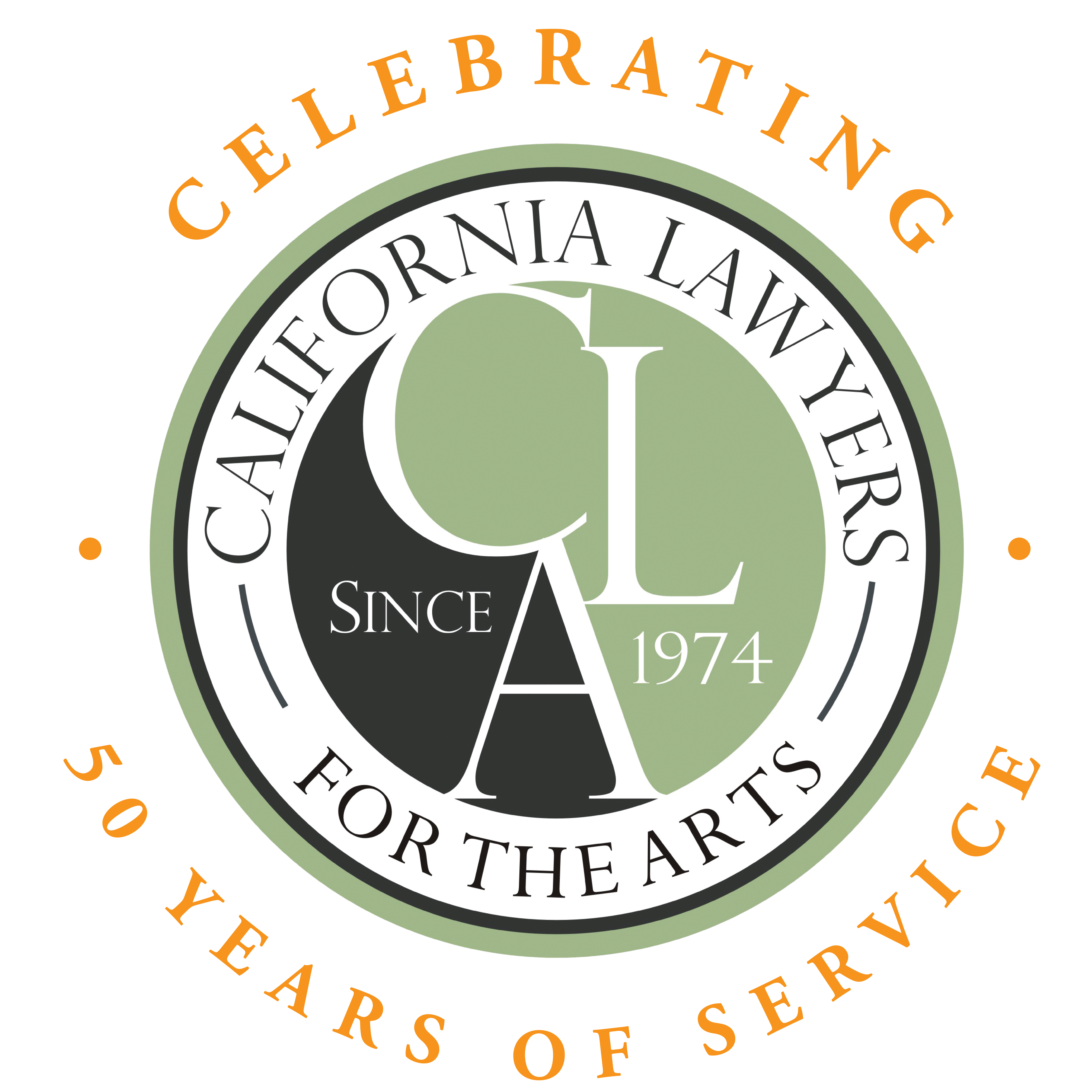In this political season, we have great opportunities at every level of government to stoke the flames for strengthening the arts in our schools and communities and as part of our everyday lives. The party platforms that were approved at the Republican and Democratic National Conventions have given us a starting place.
Arts for LA, citing Americans for the Arts, noted that the Democratic Party calls for “continuing public funding for the National Endowment for the Arts, for the National Endowment for the Humanities, and for programs providing art and music education in primary and secondary schools.” The Republic party platform does not state a position on arts and culture, according to Arts for LA, but does emphasize that education "in which all students can reach their potential is critically important to America’s future." Since we support public funding for the arts and we like working with potential, so far, so good.
But can we hold their feet to the fire?
Every candidate for elected office should be asked what they intend to do, if elected or re-elected, to support arts funding and programs in their jurisdictions, whether that position is on the City Council, the County Board of Supervisors, the School Board, the State Assembly or Senate, or the US Senate or House of Representatives. And let's not forget the candidates for District Attorney, County Sheriff, Mayor, Governor (we don’t have a Governor’s race this year in California, but 11 states do) and for President!
The best four-letter message during this time of fiscal constraint is SAVE: The arts save money and save lives.
Students whose schools offer arts education are more likely to stay in school and graduate from high school on time. Findings from
Staying in School, a 2009 study of New York City schools by
The Center for Arts Education, showed that the schools in the top third in graduation rates offered their students the most access to arts education and other resources supporting the arts, such as field trips and strategic partnerships with arts organizations.
How the arts save money and lives: Students who finish high school are more resilient to delinquency, are less likely to become engaged with the criminal justice sector and more likely to become taxpaying, productive citizens.
The cost of maintaining people in California's correctional facilities (estimated at $50,000 to $60,000 a year) should inspire policy makers to seek ways to strengthen the infrastructure of the arts in our communities and our penal institutions as well as in our schools.
Research by Dr. Larry Brewster of the USF School of Public Administration has shown that arts programs save money by reducing the costs of disciplinary infractions incurred by state prisoners. In coordination with the
William James Association and California Lawyers for the Arts, he is designing a new study to examine behavioral and attitudinal changes experienced by residents engaged in arts programs. In the context of California's
court-mandated "realignment" of prisoners from state facilities to county jails and probation programs, arts programs can contribute to the kind of quality rehabilitation which is needed in order to reduce recidivism and save the state money in future years.
An easy way to identify the elected officials and candidates in your district is to use
The Americans for the Arts Action Center. This site sorts inquiries by zip code and provides users nationwide with contact information, profiles, donor lists, and other information about elected officials and candidates. A Capwiz portal for California residents is maintained by
California Arts Advocates.
Local candidates' forums are useful for framing issues for the voters, who can then compare the candidates' commitments and hold them accountable going forward. For example, candidates for the San Francisco Board of Supervisors were recently invited to respond in person to questions about their commitment to the arts at the
San Francisco Arts Town Hall. In addition, the candidates’ written positions were submitted in advance and
posted on line.
As a 501(c)3 tax-exempt, non-profit organization,
California Lawyers for the Arts can’t support specific candidates for public office, but we sure can vigorously advocate for arts funding as a public policy priority.
Following the cost saving argument, here's the second part of our pitch: The arts enhance the quality of life for all of us as individuals and strengthen the community bonds that make our nation great.
Shouldn’t every kid have a chance to learn a musical instrument or to write poetry or to choreograph a dance piece or to be in a play -- skills as fundamental and challenging as reading and math? Furthermore, learning through the discipline of the arts provides a strong foundation for learning reading and math. Music, you might say, is structured as a set of mathematical exercises.
Don’t our seniors deserve opportunities for a better quality of life through arts activities?
And doesn’t everyone deserve a chance to be creative, and to have opportunities to experience art and expand their cultural empathy? If this "secret sauce" is just for the privileged and talented, and is not accessible to all of our people, we will have only ourselves to blame for the demise of American civilization.
If we speak up, will you?
Alma Robinson, Executive Director
California Lawyers for the Arts

